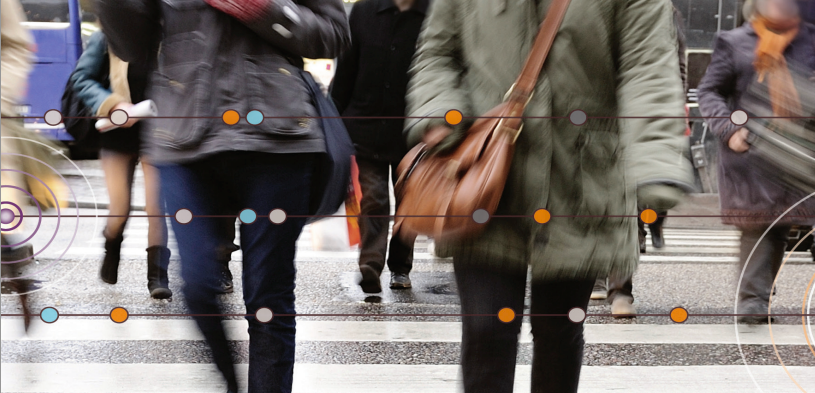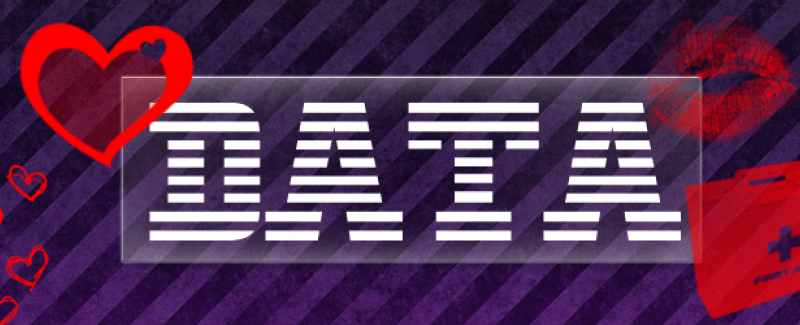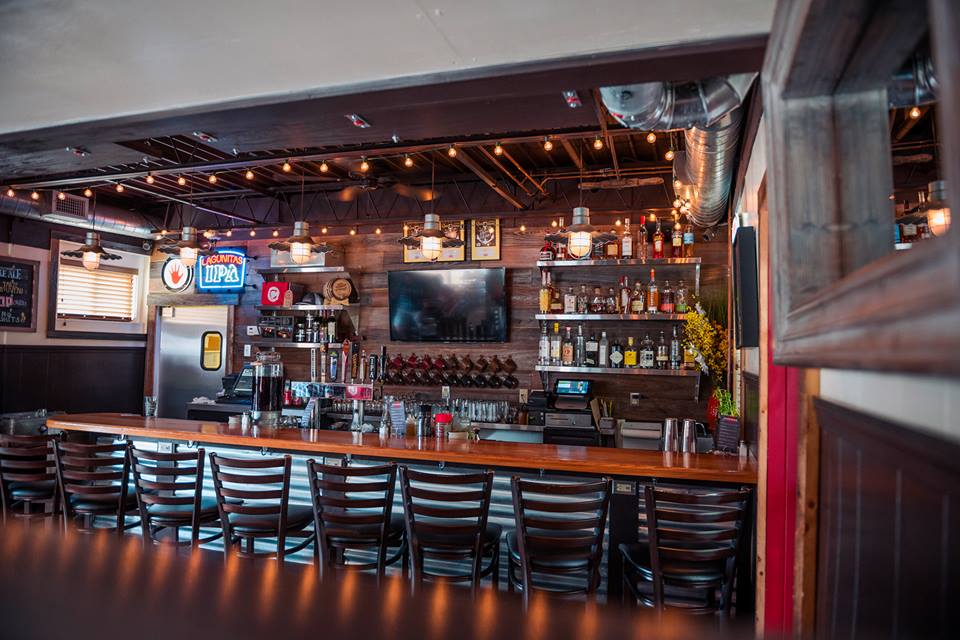
Everyone wants their restaurant guest data.
It’s available, just waiting to be put to good use, whether your POS provider is making it easy to get or not.
Sam Glynn, the 27-year-old owner of the single-location Chomp in Warren, Rhode Island, opened the restaurant just over two years ago, growing up in a family that loved the restaurant business. They’ve dominated the Best Burger awards in Rhode Island since opening.
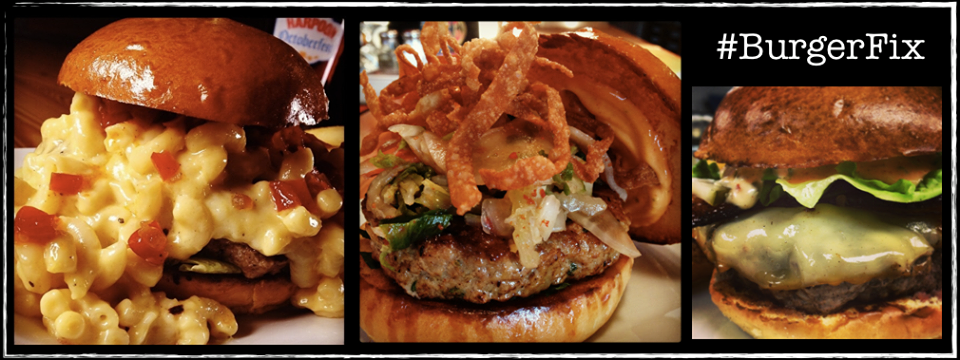
Right out of the gates, Sam knew he wanted to run his restaurant differently. He spends almost nothing on marketing. He doesn’t work with OpenTable and doesn’t want to. And yet, he’s probably far more informed than many restaurants about his guests and his menu.
So how did he go about getting more guest data from his restaurant?
Chomp is built on a foundation of analytics.
This story starts with Sam on the hunt for a credit card processor as Chomp was just getting started. Many of you have been, or are, on this same journey. It’s painful, isn’t it?
As an analytics-minded restaurant leader already, Sam feels that choice wasn’t even hard. He chose Swipely from Day One. Partially because they were local, but also because of what they were offering and how they approached the restaurant business.
“Everybody’s got the latest, greatest way to get you data, they say,” remembers Sam. “I wanted to be able to capture data doing what we were already doing anyway — swiping credit cards.
It came down to this for Sam and Chomp: “It’s intuitive, very cut-and-dried. They’re a nimble and fast company but very established, and it feels like everyone is trying to catch up with them at this point.” Swipely aims to be the central nervous system for a restaurant, and it’s on a fast track to accomplish that, it appears.
How Chomp approaches data and analytics now.
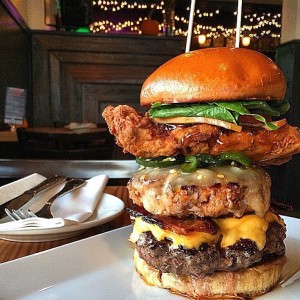 Dashboards are all the rage right now, with most restaurant marketing tech providers offering them to customers to view some version of their guest data. But many of the ones in existence are either clunky or they depend on the restaurateur to configure and customize.
Dashboards are all the rage right now, with most restaurant marketing tech providers offering them to customers to view some version of their guest data. But many of the ones in existence are either clunky or they depend on the restaurateur to configure and customize.
Sam reviews a daily email that summarizes Chomp’s previous day sales. No login required, though he can do so when he wants to dive deeper.
And he gets real information, not just the 30,000-foot view most restaurant operators are used to.
Chomp can put an immediate, laser-like focus on their operations efforts, their grassroots and social media marketing, and they have insight on the impact of each menu item’s likelihood of bringing a guest back into their restaurant that they can’t even get through POS transaction data.
“I’d say this is 51% an operations tool, 49% marketing,” reports Sam. “I look at these dashboard reports every other day. But I also get that email that gives me information I can’t get from anywhere else.”
Some of that information Chomp has access to through one platform includes:
- Best customers from the previous day or week (along with # of total of visits, spend, tip %, favorite menu items, and more)
- Occupancy details by the hour
- Social media and reviews monitoring
- Most profitable items
- Returns by server
- Campaign success (i.e., restaurant week, game nights, seasonal promotions)
“We have a great sense of who’s here and what they like to order.”
Sam feels he has clarity of not only what people like to order in general, but who, by name, his top customers are and what they like to order. Add beacons to the mix in the not-too-distant future, and, well, he’s got a powerhouse tool for advanced customer insights. For his single-location restaurant, mind you.
You’ll always talk to last night’s manager to see how things went. But what if you could know, with instant metrics to back it up, what your top menu items were for last night? Or which of your notable customers came in last night? Or which server had the highest sales per ticket last night?
“I can envision a time when we not only know that one of those top customers is here right now, right when they walk in, but we’ll know his or her preferences, and we can make a point of giving them our most suitable server or bartender.”
For instance, “Jeff” the top customer who likes THIS SPECIFIC BURGER came through last night and ordered it again, along with THIS SPECIFIC SIDE, which he has ordered before (three times over the last three months in fact) and THIS SPECIFIC BEER.
That’s what Sam loves about Swipely. The problem I’ve learned from many restaurateurs is that their POS does not intuitively provide this information — there’s too much work involved in getting the data to unlock more-informed decisions.
…without a loss of focus on the most important part: hospitality.
From the beginning, Sam made sure his team knew he was running his restaurant like a business, not a hobby. But at the core of this is hospitality, he told me, and if people don’t love the food or have a great experience with one of our staff members, nothing else matters.
“We want people to try new flavors and have confidence in what we’re doing, but we still want to be approachable as a restaurant and deliver a great experience.”
Assuming you’re working to nail that part of the equation, getting good data to make smart decisions is crucial.
What about privacy concerns and the over-emphasis on data & analytics?
We’re definitely living in a time where more and more restaurateurs are looking for better ways to understand what peoples’ dining patterns are, and striving to influence them.
“As long as we don’t use data in a way that’s intrusive; I think things will be fine. If we can use it the right way, we can enhance the dining experience. I don’t get any complaints from people who know I collect data.
“The restaurant business is transitioning out of a time where everything was a gut decision and not backed up with any analytics, to now having a tremendous amount of valuable data to validate or discredit your gut. That’s very powerful stuff that can make your restaurant preform better,” Sam says.
When it’s all said and done, the process of closing a credit card transaction at Chomp is no different than it would be without Swipely in place. But the advantage is significant. As Sam says:
With anywhere between 85 and 90 percent of Chomp’s transactions coming via credit or debit card, Sam feels he is now better informed and able to make confident business decisions every day.
A final thought on this…
I get energized when I talk to independent restaurant owners who aren’t taking their eye off the hospitality ball, but are increasingly counting on incorporating smart, accurate data and insights to inform their future decisions.
There are many solutions out there offering great restaurant guest data — Swipely is obviously one. A few others that come to mind, who are focused on independent restaurants in particular are Venga, Posiq, and MarketingVitals. They all aim to get at the data in slightly different ways, and you’d be wise to vet vendors carefully. But it’s clear that the age of independent restaurants cost effectively leveraging “big data” is upon us.
Do you have a story to tell about your restaurant? Get in touch with me, let’s share it with your peers!





